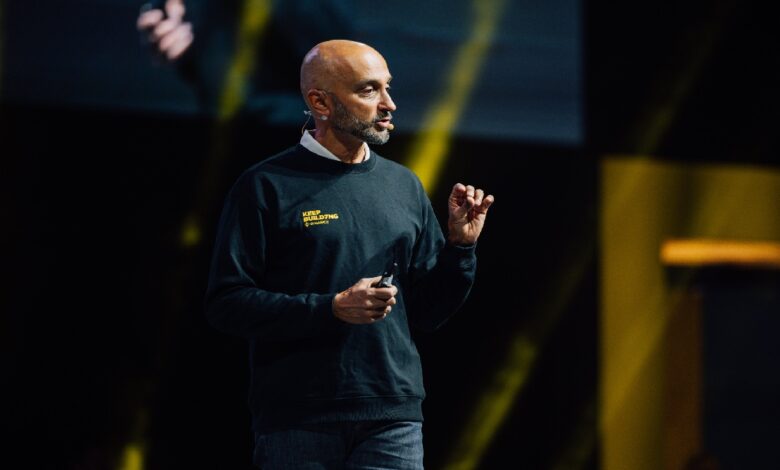Binance CTO Rohit Wad Outlines Points of Consideration for Web3 App Makers: Details

Rohit Wad, a computer scientist from India’s second city Bhilai, currently leads the technology initiatives at Binance, touted as the world’s largest crypto exchange. Speaking to Gadgets360 last week, Wad emphasized that to grow Web3 adoption, developers must find the right balance between convenience and security to address users’ hesitations about exploring the space. Wad, previously Corporate VP at Microsoft, took on the role of Binance’s CTO in April 2022.
Wad attended Binance Blockchain Week, which was recently held in Dubai to unite the crypto community. As Binance’s Chief Technical Officer (CTO), the IIT Bombay alumnus is tasked with leading the development of scalable Web3 service offerings to serve the exchange’s global user base of more than 237 million registered users.
Speaking to Gadgets360, Wad said his vision for Binance focuses on combining the user-friendly features of well-known apps and interfaces with enhanced security measures. This approach aims to support users in navigating the complexities of volatile cryptocurrencies in upcoming services.
“Many people turn on facial recognition on their phones with the banking app, right? This allows the app to be unlocked very quickly, making face scanning easy. But it is also uncertain. The main thing we are trying to figure out is how to bring comfort and security to the crypto community through our services,” Wad said, while advising other Web3 app makers to also focus on merging these two requirements into their services .
In a recent development, Binance has onboarded Amazon Web Services (AWS) to access its offerings to refine Binance users’ experience with the AI-based products the exchange offers. As part of this partnership, the exchange will use the Amazon Bedrock and Amazon Elastic Container Service (Amazon ECS) to power its AI efforts for an “intuitive customer service” experience.
However, it is worth noting that cybercriminals have been able to compromise AWS systems in the past. In 2022, they were hackers reportedly capable of breaching Amazon cloud storage buckets, firewall misconfigurations, and vulnerabilities in AWS server configurations linked to Pegasus Airlines. At the time, more than 6.5 TB of sensitive data was compromised, including social security numbers, credit card information, email addresses and phone numbers from more than 600,000 Pegasus flyers.
However, Binance is betting on AWS to power its internal automated system diagnostics and improve its user onboarding process.
Wad pointed out that Binance is currently using multi-factor authorization – another suggestion he made to emerging Web3 developers – to prevent unauthorized access to its user funds and ensure security. He further explained how even if someone were to use AI to initiate a breach, he or she could be identified.
“We know more or less what your patterns were before, so if your new patterns (the hackers’ patterns) are very different from your previous patterns, we can flag this. We have enhanced checks coming in that may stop or freeze your account. You can just say, okay, this account can’t make any more withdrawals until you authenticate with the customer service staff. That’s something that we can do completely ourselves, yes, and the two-factor authorization is something that we train or educate our users on,” Wad said.
Amid a growing number of hacks on internet-connected hot wallets, discussions about the need for more hardware wallet solutions had gained momentum around the world. Wad said Binance does not currently have a hardware wallet service in the works. The exchange had launched a cold storage solution for institutional investors in January last year.
The exchange also does not work with third-party custody solutions because they believe that “our wallets and our multi-signature systems are probably the best in the world, and that is why we do not work with anyone else,” Wad said.
When discussing the current challenges surrounding on-chain transfers at Binance, Wad emphasized the urgent need to improve transaction speeds. He explained that customers looking for faster transactions currently have to pay high gas fees, which leads to excessive costs. Wad emphasized that finding a comprehensive solution to this problem is a key focus area for Binance.




